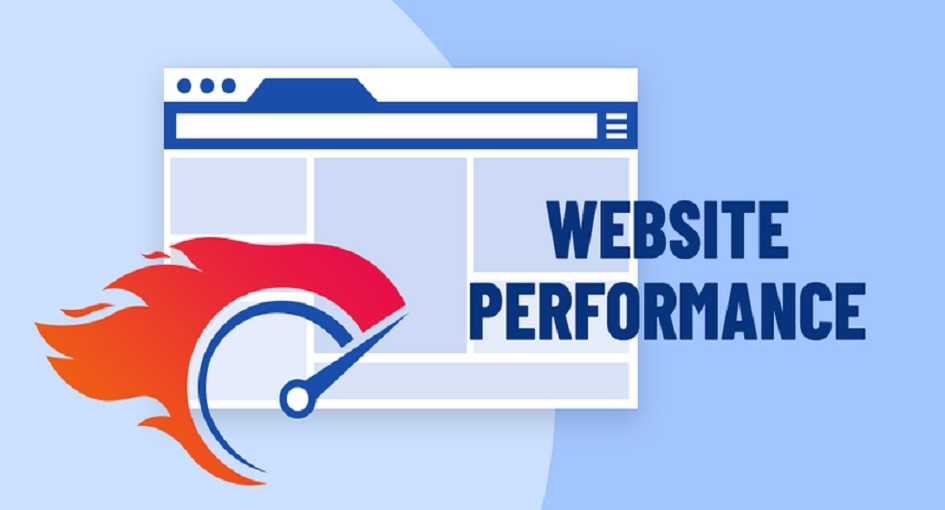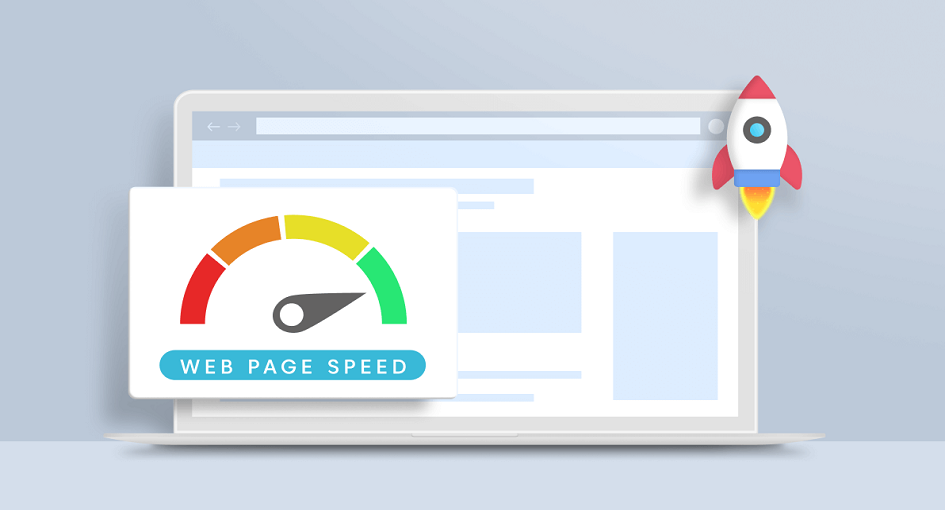
Before diving into best practices, it’s essential to understand why monitoring your website’s performance and health is crucial. In today’s digital age, where user experience plays a pivotal role in online success, ensuring your website performance optimally is a necessity. Monitoring allows you to proactively address issues, maintain uptime, and keep visitors engaged.
Site performance encompasses various aspects, including speed, responsiveness, and reliability. A slow or unresponsive site can lead to higher bounce rates and a negative impact on SEO rankings. Monitoring performance metrics provides insights into areas that need improvement.
The Importance of Health Monitoring
Health monitoring goes beyond performance and focuses on the overall well-being of your website. It involves checking for broken links, and security vulnerabilities, and ensuring that all elements are functioning as intended. Neglecting health monitoring can lead to compromised security and a poor user experience.
The Impact on User Experience
User experience (UX) is a critical factor in website success. A well-monitored and optimized site ensures that users can navigate effortlessly, find information quickly, and have a seamless interaction. Monitoring helps you identify and resolve issues that can negatively impact UX.

Effective website performance monitoring begins with tracking key metrics. Let’s explore the critical performance indicators to monitor.
Page Load Time
Page load time is a top priority. Slow-loading pages frustrate users and lead to higher bounce rates. Tools like Google’s PageSpeed Insights can help you assess and improve load times.
Responsiveness Across Devices
With the proliferation of mobile devices, ensuring your site is responsive is essential. Monitor how your site behaves on different devices and screen sizes to cater to a diverse audience.
Uptime and Downtime
Regularly check your website’s uptime and downtime. Downtime can be costly, both in terms of lost revenue and user trust. Consider using uptime monitoring services to receive instant alerts.
Page Views and Traffic
Understanding user behavior is crucial. Monitor page views, traffic sources, and user demographics to tailor your content and marketing efforts effectively.
The health of your website is intertwined with its security. Let’s delve into the health monitoring practices that can safeguard your site.
Regular Security Audits
Perform regular security audits to identify vulnerabilities and potential threats. Consider using security plugins or services to scan for malware and vulnerabilities.
SSL Certificate Status
Ensure your SSL certificate is valid and up to date. An expired certificate can result in browser warnings and a loss of trust among users.
Broken Links and 404 Errors
Regularly check for broken links and 404 errors. These issues can harm your SEO and frustrate users. Use tools or plugins to automate link checking.

Monitoring let’s explore best practices for optimizing your website’s performance.
Image Optimization
Optimize images to reduce file sizes without compromising quality. Compressed images improve load times.
Caching
Implement caching mechanisms to store static content and reduce server load. Caching plugins can help with this.
Content Delivery Network (CDN)
Leverage a CDN to distribute content across multiple servers worldwide, ensuring faster load times for users in various locations.
Minify CSS and JavaScript
Minifying CSS and JavaScript files removes unnecessary whitespace and reduces file sizes, enhancing page load speed.
Monitoring and optimization are ongoing processes. Let’s explore how to continuously enhance your website’s performance and health.
Regular Backups
Regularly back up your website to prevent data loss. Automated backup solutions can simplify this process.
Periodic Testing
Periodically test your site’s performance and functionality. Consider user testing to gather feedback for improvements.
Stay Informed
Keep up with industry trends and updates. Technology evolves, and staying informed ensures you’re using the latest tools and techniques for website performance and health.
In conclusion, your website’s performance and health are critical to your success. By monitoring key performance metrics, addressing security concerns, and implementing optimization strategies, you can maintain a website that offers an exceptional user experience. Remember, website maintenance is an ongoing journey, and staying proactive ensures your site continues to thrive in the competitive online world. Start monitoring and optimizing today to reap the rewards of a healthy, high-performing website.website performance